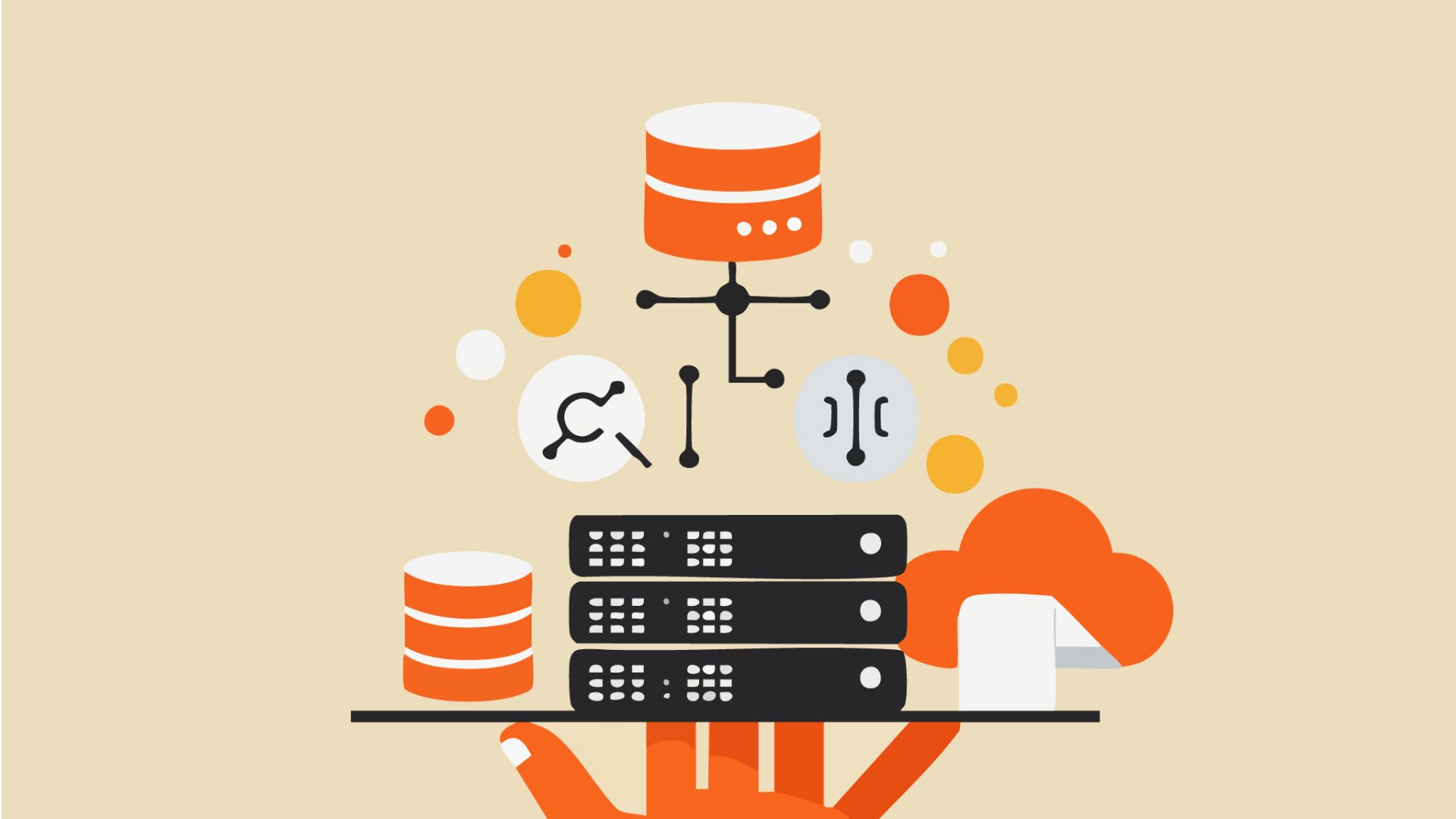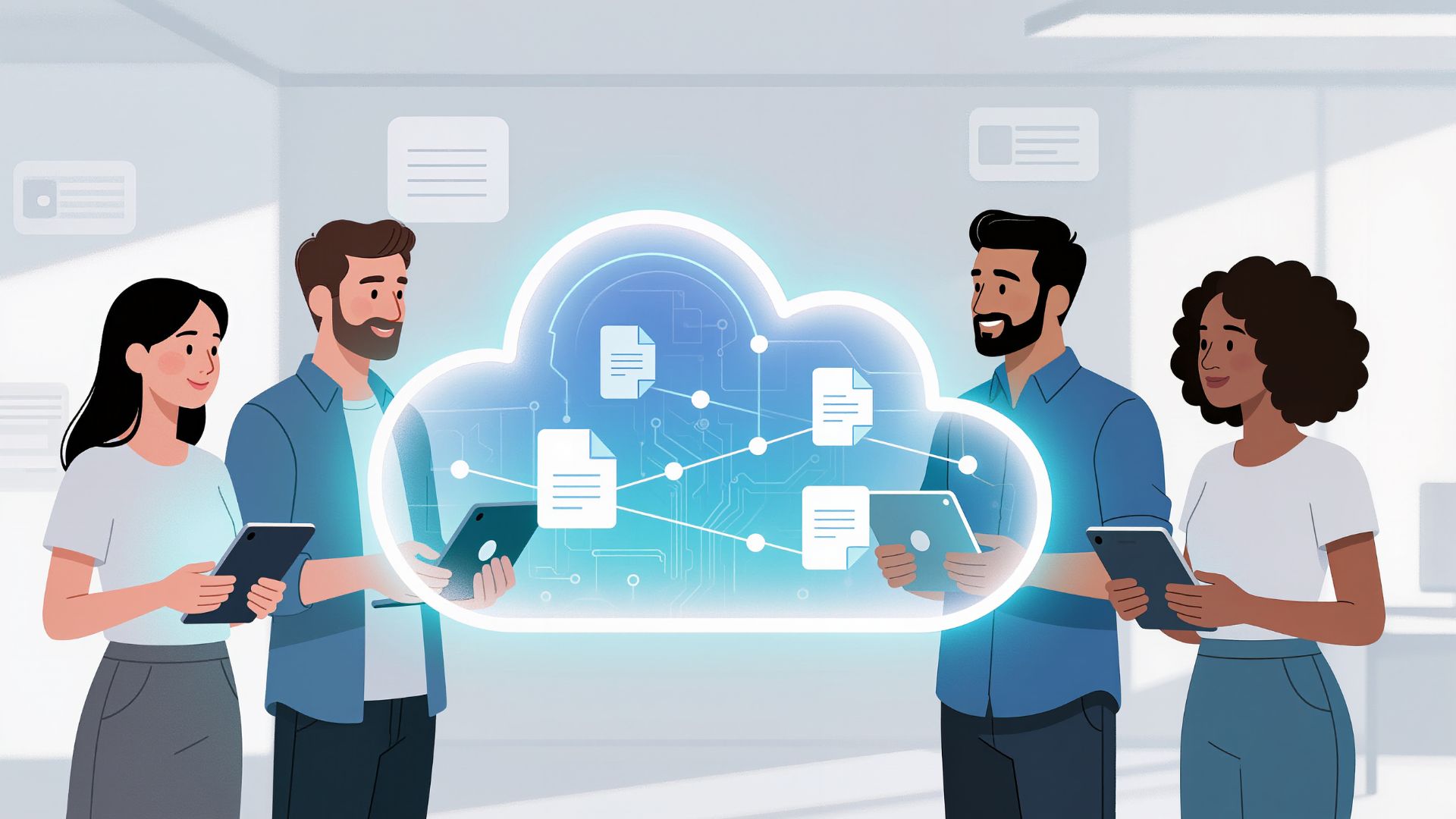Share this:
Data storage and infrastructure use a significant amount of energy, creating sustainability challenges. Globally, data centers have used between 1% and 3% of all worldwide electricity usage at different times over the last decade (measurement estimates vary). And it’s no secret that data center energy consumption is growing rapidly. Is sustainability even possible in modern storage infrastructures?
How can data storage be more sustainable?
As organizations produce and handle ever-greater volumes of data, sustainability will become increasingly important, both for the environment and for an organization’s bottom line.
Sustainability is often expected to be part of a business’s strategy, with organizations expected to do their due diligence and work on ways to improve their data storage efficiencies. Already, many companies are adding Chief Sustainability Officers to their C-suite. And US-based businesses have long-anticipated potential taxes on carbon usage, similar to ones being implemented by state governments and internationally.
However, sustainability can be challenging for businesses. Sustainability takes time and requires leaders to make strategic infrastructure decisions. As organizations handle ever-greater volumes of data, sustainability will continue to be an escalating issue.
It is a concern not just for companies (whose clients and financial incentives may drive them towards reduced energy consumption) but for the world as a whole.
Where does storage infrastructure fit into all this? There are practical and tangible ways that storage resource management can contribute to increased sustainability. With an effective storage management service (like Visual One Intelligence®), you can make strides towards your sustainability goals just by how you manage your infrastructure.
Sustainable Storage is Efficient Storage
Most sustainability efforts can be summarized by one principle: don’t use more than you need. The same is true with storage. No matter how much storage capacity you have, you’ll always end up needing more unless you use your existing capacity well.
There are some basic ways to avoid wasting storage space:
- Prevent data duplication
- Remove unneeded storage
- Find and re-purpose hidden free space
While some backups are valuable, chances are your organization doesn’t need seven copies of the same data (but always confirm regulatory requirements before removing anything). Many companies are simultaneously storing old data they no longer need while ignoring “orphaned” free space that they lost or forgot about.
Knowing your data access patterns will help you identify data you never access. Visual One Intelligence® shows important details about how often data segments are accessed and when they were last accessed. This helps storage administrators easily determine when data is forgotten or extraneous.
While an array might initially look great from a capacity standpoint, a closer look at the pool level could reveal hidden inefficiencies. Having a storage management resource like Visual One Intelligence® helps IT administrators identify workloads that could be moved around to reduce capacity on specific arrays, as well as identify non-critical data that could be relocated. This opens up space you might not have known you had.
When it comes to finding hidden storage or free space, it’s essential for IT leaders to have a complete picture of the storage environment. One of the key pieces of information that Visual One Intelligence® provides to IT leaders is the amount of orphaned space contained in each storage array.
Similarly, the Visual One Intelligence® dashboard shows summary-level and detailed information about allocations, usable space, and fragmented storage. In just a few clicks, Visual One can help you identify what’s free and what’s not, uncover trends, and avoid wasting money on new storage that you don’t truly need.
Data Sustainability Through the Public Cloud
Since 2010, data center energy consumption has grown dramatically slower than data center computing. One primary reason is the shift towards the cloud.
By outsourcing storage needs to the public cloud, businesses are shifting energy usage from their own scattered infrastructures to enormous shared data centers that are optimized for efficiency. After all, commercially operated cloud data centers make more money by wasting less electricity.
Google, for example, generates approximately “seven times more computing power than they did just five years ago” despite “using no more electricity,” according to Urs Hölzle, a senior vice president of Google’s data center technology. And a recent Microsoft study of the Microsoft Cloud found that “the Microsoft Cloud is between 22 and 93 percent more energy efficient than traditional enterprise data centers, depending on the specific comparison being made.”
Before considering a transition to the public cloud, organizations need to thoroughly understand their storage environment. A strong storage management resource like Visual One Intelligence® can help prepare organizations for such a transition.
Similarly, don’t let data reporting challenges prevent you from moving to a hybrid cloud model. Data reporting looks different in a cloud environment than in an on-prem environment, and most storage management tools can only collect data from one of the two. Visual One Intelligence®, on the other hand, bridges the gap by collecting and reporting data on-prem and in the public cloud (ex: AWS, Azure).
Data is Important in Sustainability
The message is clear: in today’s world, environmental sustainability is a must. Businesses looking to adopt a “green” approach to their storage environments will be met with a multitude of benefits, from public perception to the bottom line.
A comprehensive service like Visual One can help IT leaders see their entire storage environment on a single pane of glass. By organizing independent data elements and delivering them as a unified, visual analysis across the enterprise, IT leaders can maximize available resources, prevent waste, anticipate future needs, and facilitate transitions within the storage environment.
So don’t waste another day. Schedule a demo to talk to a Visual One data expert and see how you can contribute to your company’s sustainability efforts.
Key Takeaways
- Sustainability will increasingly drive organizational priorities and incentives.
- The more efficient your storage infrastructure is, the more sustainable it will be.
- Knowing your data access patterns is essential for uncovering sustainability.
- Visual One helps IT leaders drive sustainability by showing their entire heterogeneous storage environment on a single pane of glass.







